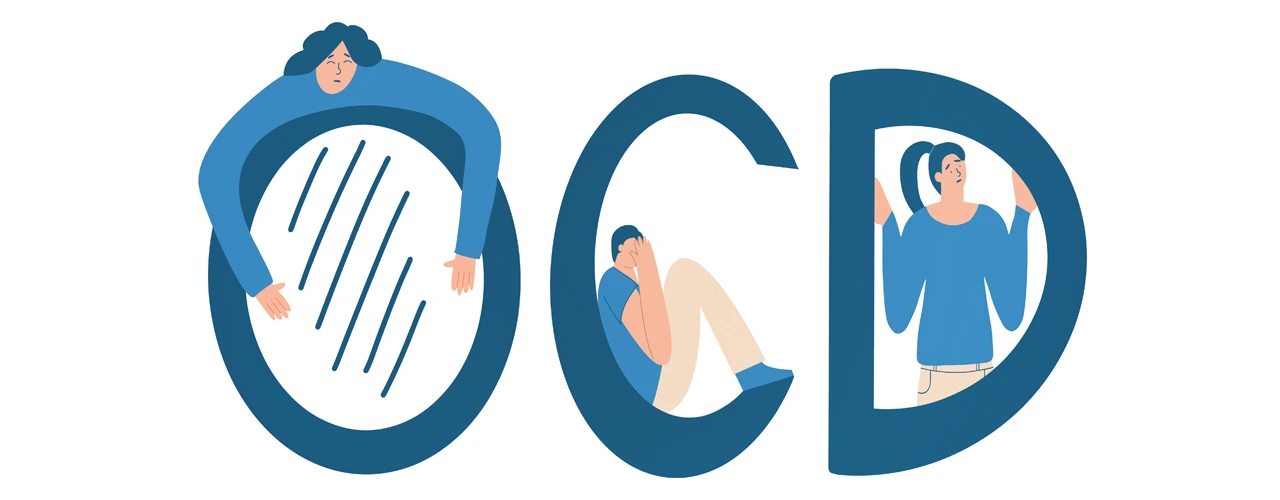The Toronto tech scene is fast-paced, innovative, and full of opportunity—but it’s also demanding. Many tech professionals push through long hours, tight deadlines, and constant change. While ambition can drive success, it can also lead to emotional exhaustion. If you’ve been feeling drained, irritable, or detached from work, you might be wondering whether you’re dealing with anxiety or burnout—or both.
Understanding the difference between anxiety and burnout is essential for protecting your mental health and knowing when to reach out for support.
What Is Anxiety?
Anxiety is a natural stress response that helps us prepare for challenges. However, when anxiety becomes chronic or overwhelming, it can interfere with your ability to concentrate, rest, and enjoy life.
Anxiety often manifests even when no immediate threat is present—it’s the constant “what if” voice that won’t quiet down. In the tech industry, anxiety might look like perfectionism, fear of failure, or feeling “on edge” all the time, even outside of work.
Integrating Executive Function Strategies for Busy Professionals can help bring structure, clarity, and calm to these heightened emotional and mental states.
Common Signs and Symptoms of Anxiety:
- Constant worry or overthinking
- Racing thoughts or mental “loops” about work
- Physical tension (tight chest, clenched jaw, headaches)
- Trouble sleeping or relaxing
- Difficulty concentrating or making decisions
- Feeling restless, agitated, or irritable
- Panic attacks or heart palpitations in stressful moments
Anxiety is often future-focused—it’s about what could go wrong, what you might miss, or whether you’re doing enough.
What Is a Burnout?
Burnout is a state of emotional, mental, and physical exhaustion caused by prolonged or excessive stress—often from work. The World Health Organization recognizes burnout as an “occupational phenomenon,” and its impact can be severe.
For Toronto tech workers, burnout can arise from a culture of overwork, blurred boundaries with remote or hybrid setups, and constant exposure to digital demands. Unlike anxiety, which can come and go, burnout tends to build gradually over time until you feel completely depleted. Burnout doesn’t only arise from anxiety. It can also stem from ADHD.
ADHD burnout often occurs when individuals continuously push against executive-function challenges, leading to intense exhaustion, reduced motivation, and emotional overwhelm.
Common Signs and Symptoms of Burnout:
- Feeling emotionally exhausted or “numb”
- Losing motivation or passion for your work
- Reduced sense of accomplishment or competence
- Withdrawing from coworkers or social activities
- Trouble concentrating or finishing tasks
- Increased cynicism, frustration, or negativity
- Physical symptoms like headaches, fatigue, or digestive issues
Where anxiety often feels like too much energy, burnout feels like no energy left.
Why Toronto Tech Workers Are at Risk
Toronto’s growing tech industry is both exciting and intense. Many professionals thrive in fast-moving environments, but the pressure to stay ahead can take a toll.
Common factors contributing to burnout and anxiety in tech include:
- Always-on culture: Slack pings, emails, and after-hours messages create a constant mental load.
- Perfectionism: High achievers often struggle to accept “good enough.”
- Remote work boundaries: Home offices make it easy to work late or skip breaks.
- Uncertainty and layoffs: The tech sector’s volatility can amplify anxiety about job security.
- Isolation: Many remote workers lack social support or team connection.
Recognizing these pressures doesn’t mean you’re weak—it means you’re human. Understanding what is burnout and what is anxiety helps you take steps to recover before they escalate.
How to Cope and Find Support
If you recognize yourself in any of these symptoms, you’re not alone—and you don’t have to handle it on your own. Here are ways to start healing and regaining balance:
1. Set Clear Work Boundaries
Turn off notifications after work hours. Schedule breaks and commit to them like meetings. Protecting downtime is essential for preventing burnout.
2. Prioritize Sleep and Physical Health
Chronic exhaustion amplifies anxiety. Regular exercise, healthy meals, and good sleep hygiene can make a meaningful difference.
3. Practice Mindfulness or Grounding
Tech workers often live “in their heads.” Grounding practices like deep breathing, meditation, or even short walks can calm the nervous system.
4. Reach Out for Professional Help
Therapists trained in anxiety, burnout, and workplace stress can help you develop coping strategies and rebuild resilience.
If you’re unsure where to start, search for a psychotherapist or psychologist in Toronto who specializes in workplace stress or tech-industry burnout. Talking to a healthcare professional who also has organizational or work experience in other fields can help you separate anxiety vs. burnout and create a tailored plan to recover.
5. Reevaluate Your Workload and Values
Sometimes recovery means rethinking your relationship with work. Ask yourself: What matters most to me beyond productivity? Aligning work with your values can restore motivation and reduce chronic stress.
When to Seek Immediate Help
If anxiety or burnout symptoms interfere with your ability to function—such as persistent panic, insomnia, or feeling emotionally detached—it’s time to reach out for professional support. You don’t have to wait until you “hit the wall.” Early intervention makes recovery faster and more effective.
Final Thoughts
In the competitive Toronto tech landscape, burnout and anxiety are common—but not inevitable. Understanding the difference between anxiety and burnout helps you identify what’s really going on beneath the surface and find the right kind of help.
Whether you’re feeling constantly wired or completely wiped out, support is available. Reaching out to a therapist is not a sign of weakness—it’s an investment in your health, clarity, and future success.
Frequently asked questions
How should employees approach managers when seeking support?
Open a conversation by expressing work challenges and how they impact focus.Share specific stressors, set boundaries, and ask for adjustments to protect well-being.
How do workplace policies help prevent anxiety and burnout in tech?
Clear boundaries, reasonable workloads, and flexible schedules reduce chronic stress significantly.
What are the warning signs of burnout and anxiety in tech jobs?
Anxiety shows through constant worry, tension, restlessness, and difficulty relaxing consistently.Burnout appears gradually as exhaustion, cynicism, reduced motivation, and declining work performance.
How can tech professionals distinguish stress, burnout, and anxiety?
Anxiety feels future-focused with racing thoughts and physical tension even during downtime.Burnout develops slowly, leaving workers emotionally drained, detached, and lacking energy entirely.




































